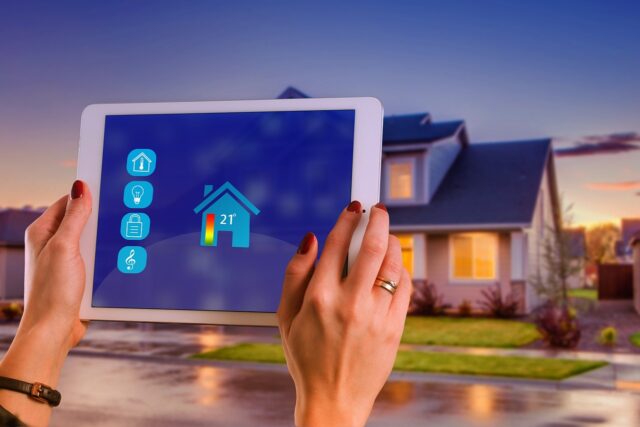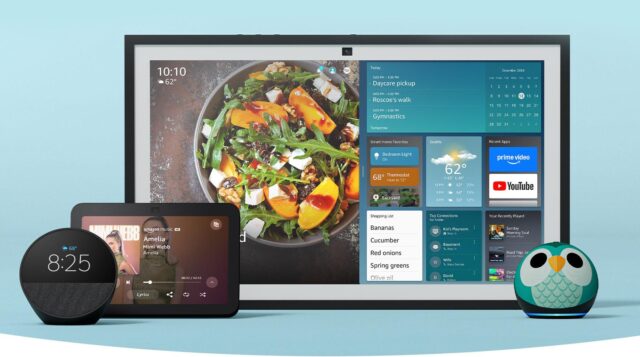Smart home devices have transformed the way we live, offering convenience through smart speakers, cameras, thermostats, and even light bulbs. However, knowing how to protect your smart home devices is crucial to ensure they enhance your life safely and securely. The catch? These devices can be hacked, putting not just your gadgets but also your privacy, data, and security at risk.
So, how do you secure your smart home without turning it into a tech nightmare? Let’s break it down step by step.
Why Smart Home Security Matters
Smart devices collect data about your habits. For instance, a smart thermostat knows when you’re home. A smart camera knows who visits you. If hackers break in, they can use this data to steal your identity, invade your privacy, or worse—control your devices.
The Biggest Risks You Face
Here are the most common security threats:
- Weak Passwords: Simple passwords make it easy for hackers to gain access.
- Botnet Attacks: Hackers can use your device as part of a larger attack.
- Eavesdropping: Devices with microphones or cameras can be used to spy on you.
- Data Breaches: Hackers could steal sensitive data stored on your devices.
These risks can be scary, but the good news is they’re avoidable.
How to Protect Your Smart Home Devices
Here’s what you can do today to lock down your smart home:
1. Secure Your Wi-Fi Network
- Set a strong, unique password. Avoid using your name or “password123.”
- Enable encryption like WPA3. Check your router settings for this option.
- Create a separate guest network for visitors and smart devices.
2. Update Your Devices
- Always install software updates. These often fix vulnerabilities.
- Set up automatic updates if available.
3. Use Strong Passwords
- Never reuse passwords across devices.
- Use a password manager if remembering them gets tricky.
4. Turn On Two-Factor Authentication (2FA)
- Add an extra layer of security with 2FA.
- Most apps offer this through text messages or authentication apps.
5. Turn Off Unused Features
- If you don’t use remote access, disable it.
- Turn off voice activation if it’s unnecessary.
6. Monitor Device Activity
- Check for unusual logins or activity in your device apps.
- Many devices send alerts for suspicious actions—pay attention to them.
7. Invest in Security Tools
- Use antivirus software for devices connected to your home network.
- Some routers include built-in security tools to block suspicious activity.

Latest Trends in Smart Home Security
Smart homes are getting smarter, but hackers are keeping up. Here’s what’s happening now:
- Cybersecurity Labels: Look for devices with clear security standards. This helps you pick gadgets less likely to be hacked.
- Biometric Authentication: Many devices now use fingerprints or facial recognition.
- Privacy-Focused Gadgets: Some companies, like Apple, design devices with privacy as a selling point.
Future Growth of Smart Home Security
The market for smart home security tools is growing fast. By 2033, it’s expected to hit over $100 billion. New technologies, like AI-based monitoring and blockchain encryption, are becoming more common. This means safer homes for everyone.
FAQs About Smart Home Security
Can my smart speaker be hacked?
Yes, but you can reduce the risk by securing your network, using strong passwords, and updating the software.
Should I use a VPN for my smart devices?
A VPN can add security, especially for remote access. However, it may not work with every device.
How do I know if my device is hacked?
Signs include unusual activity, sudden device reboots, or apps showing new, unknown logins.
Are cheap smart devices safe?
Not always. Budget devices might lack strong security features. Research before buying.
Key Takeaways
- Be proactive: Secure your network, update your devices, and use strong passwords.
- Stay informed: Keep up with security trends and features.
- Think privacy: Turn off features you don’t use and limit data sharing.
A little effort today can save you from big headaches tomorrow. With these steps, you can enjoy the perks of smart home devices without worrying about hackers.
This guide is built to help you stay safe, secure, and stress-free in your smart home. Take control of your tech, and sleep better knowing your devices are locked down.
Now loading...






